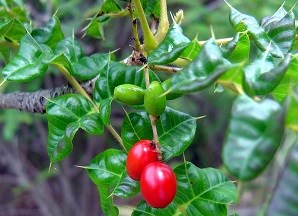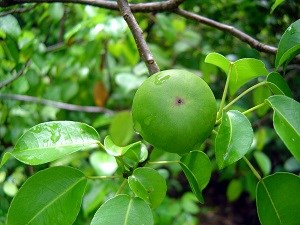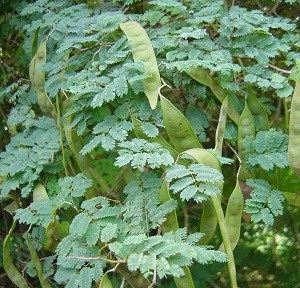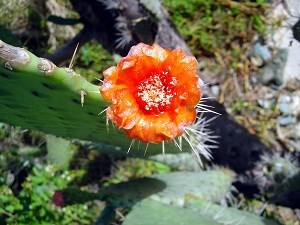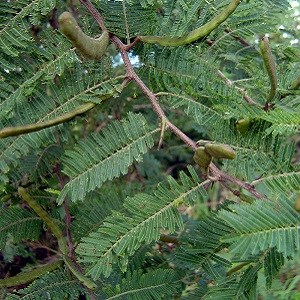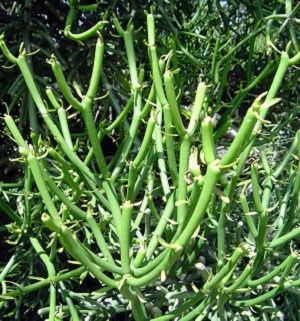Return to Virgin Islands Plants & Trees
Virgin Islands National Park offers a variety of hiking adventures for the entire family and for all skill and ability levels. This page describes plants to be avoided while hiking as well as precautions and remedies should you come in contact with any of them. Should you wish to learn more, a simple Internet search will provide a wealth of information.
|
Last updated: September 20, 2018

